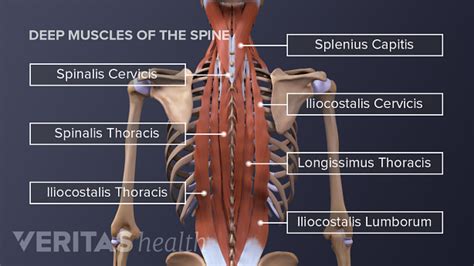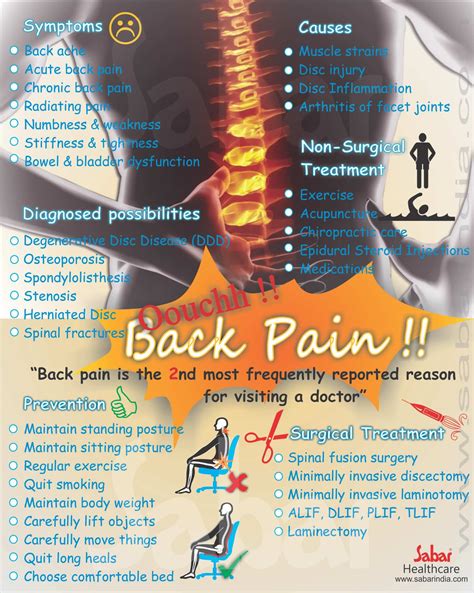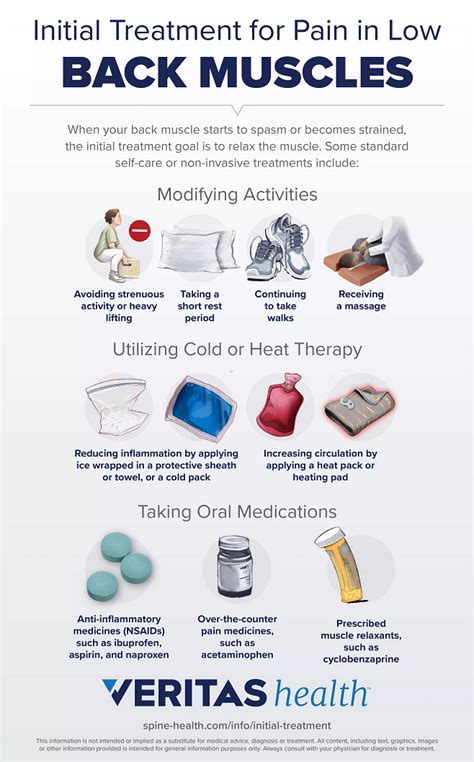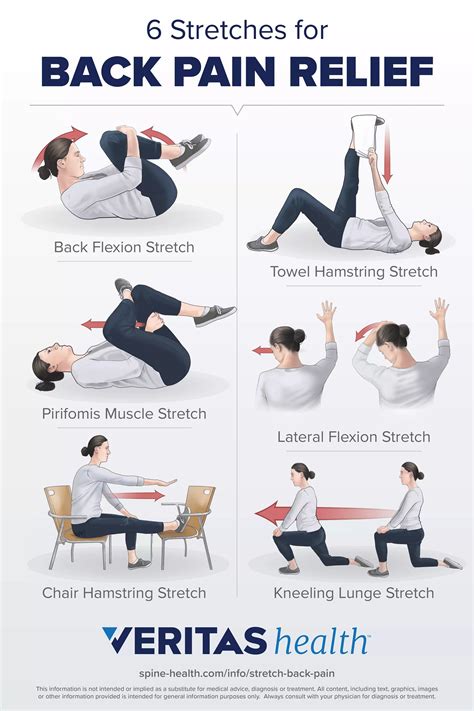Intro
Back muscle pain is a common complaint that affects millions of people worldwide. It can range from a mild ache to a severe, debilitating pain that interferes with daily activities. The back muscles, including the latissimus dorsi, trapezius, and rhomboids, play a crucial role in supporting the spine and facilitating movement. When these muscles become strained or injured, it can lead to pain and discomfort. In this article, we will delve into the importance of back muscle health, the causes and symptoms of back muscle pain, and provide tips and strategies for prevention and management.
Back muscle pain can have a significant impact on a person's quality of life. It can make everyday activities, such as lifting, bending, or even sleeping, a challenging and painful experience. Furthermore, back muscle pain can also affect a person's mental health, leading to anxiety, depression, and stress. It is essential to address back muscle pain promptly and effectively to prevent long-term damage and promote overall well-being. With the right approach, individuals can alleviate back muscle pain, improve their posture, and enhance their overall health.
The causes of back muscle pain are diverse and can be attributed to various factors, including poor posture, muscle strain, and underlying medical conditions. Poor posture, for instance, can put unnecessary strain on the back muscles, leading to pain and discomfort. Muscle strain, on the other hand, can occur due to overuse, injury, or sudden movements. Underlying medical conditions, such as herniated discs, spinal stenosis, or osteoarthritis, can also contribute to back muscle pain. It is crucial to identify the underlying cause of back muscle pain to develop an effective treatment plan.
Understanding Back Muscle Pain

Back muscle pain can be acute or chronic. Acute back muscle pain is typically characterized by sudden, severe pain that lasts for a short period. Chronic back muscle pain, on the other hand, is a persistent, long-term condition that can last for weeks, months, or even years. Understanding the difference between acute and chronic back muscle pain is essential for developing an effective treatment plan. Acute back muscle pain often requires immediate attention, while chronic back muscle pain may require a more comprehensive approach that incorporates lifestyle changes, exercise, and therapy.
Causes of Back Muscle Pain
The causes of back muscle pain are numerous and can be attributed to various factors, including: * Poor posture * Muscle strain * Underlying medical conditions * Lack of exercise * Poor lifting techniques * Stress and tension * Sleeping on an unsupportive mattress * Wearing high heels or uncomfortable shoesDiagnosing Back Muscle Pain

Diagnosing back muscle pain involves a combination of physical examination, medical history, and diagnostic tests. A healthcare professional will typically begin by asking questions about the patient's symptoms, medical history, and lifestyle. A physical examination will then be conducted to assess the patient's posture, range of motion, and muscle strength. Diagnostic tests, such as X-rays, MRI, or CT scans, may be ordered to rule out underlying medical conditions or to confirm the diagnosis.
Symptoms of Back Muscle Pain
The symptoms of back muscle pain can vary depending on the underlying cause and severity of the condition. Common symptoms include: * Dull, aching pain * Sharp, stabbing pain * Muscle spasms * Limited range of motion * Weakness or numbness in the legs * Difficulty standing or walking * Pain that worsens with activityPrevention and Management of Back Muscle Pain

Preventing and managing back muscle pain requires a comprehensive approach that incorporates lifestyle changes, exercise, and therapy. Some effective strategies include:
- Maintaining good posture
- Engaging in regular exercise, such as yoga or Pilates
- Strengthening the core muscles
- Improving lifting techniques
- Managing stress and tension
- Getting enough sleep and rest
- Wearing comfortable shoes and clothing
Treatment Options for Back Muscle Pain
Treatment options for back muscle pain depend on the underlying cause and severity of the condition. Common treatment options include: * Pain relief medication * Physical therapy * Chiropractic care * Massage therapy * Acupuncture * Heat or cold therapy * Rest and relaxationExercise and Stretching for Back Muscle Pain

Exercise and stretching can play a crucial role in preventing and managing back muscle pain. Some effective exercises and stretches include:
- Pelvic tilts
- Knee to chest stretches
- Cat-cow stretches
- Bird dog stretches
- Planks
- Bridges
- Leg raises
Benefits of Exercise and Stretching
The benefits of exercise and stretching for back muscle pain include: * Improved flexibility and range of motion * Strengthened muscles * Enhanced posture * Reduced pain and discomfort * Improved overall health and well-beingLifestyle Changes for Back Muscle Pain

Making lifestyle changes can help prevent and manage back muscle pain. Some effective lifestyle changes include:
- Maintaining a healthy weight
- Quitting smoking
- Reducing stress and tension
- Getting enough sleep and rest
- Improving posture
- Wearing comfortable shoes and clothing
Importance of Lifestyle Changes
Lifestyle changes can play a crucial role in preventing and managing back muscle pain. By making healthy lifestyle choices, individuals can reduce their risk of developing back muscle pain and improve their overall health and well-being.Conclusion and Final Thoughts

In conclusion, back muscle pain is a common complaint that can have a significant impact on a person's quality of life. By understanding the causes and symptoms of back muscle pain, individuals can take steps to prevent and manage the condition. Exercise, stretching, and lifestyle changes can play a crucial role in preventing and managing back muscle pain. By making healthy lifestyle choices and seeking medical attention when necessary, individuals can alleviate back muscle pain and improve their overall health and well-being.
We invite you to share your thoughts and experiences with back muscle pain in the comments below. Have you found any effective strategies for preventing or managing back muscle pain? What lifestyle changes have you made to improve your overall health and well-being? Your input and feedback are invaluable, and we look forward to hearing from you.
What are the common causes of back muscle pain?
+Common causes of back muscle pain include poor posture, muscle strain, underlying medical conditions, lack of exercise, and poor lifting techniques.
How can I prevent back muscle pain?
+To prevent back muscle pain, maintain good posture, engage in regular exercise, strengthen your core muscles, and improve your lifting techniques.
What are the benefits of exercise and stretching for back muscle pain?
+The benefits of exercise and stretching for back muscle pain include improved flexibility and range of motion, strengthened muscles, enhanced posture, reduced pain and discomfort, and improved overall health and well-being.
